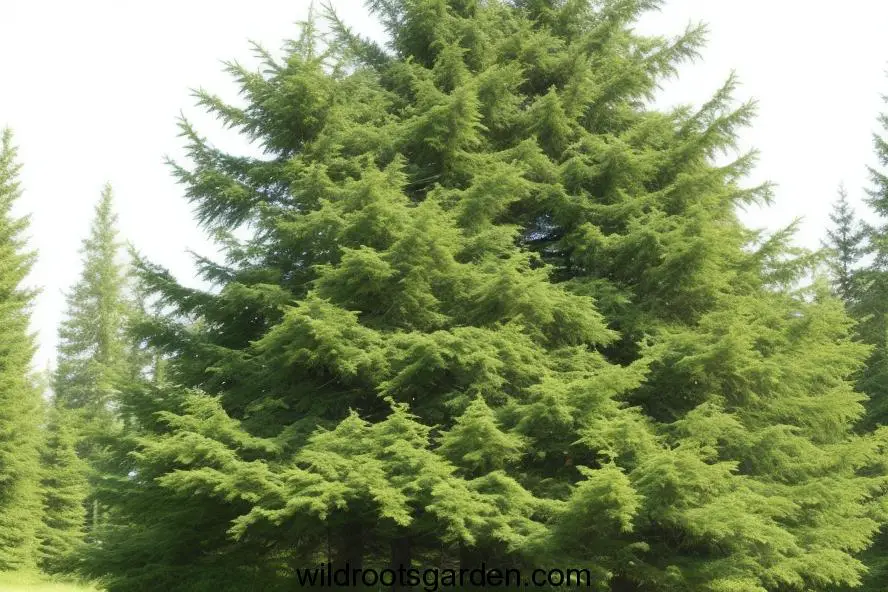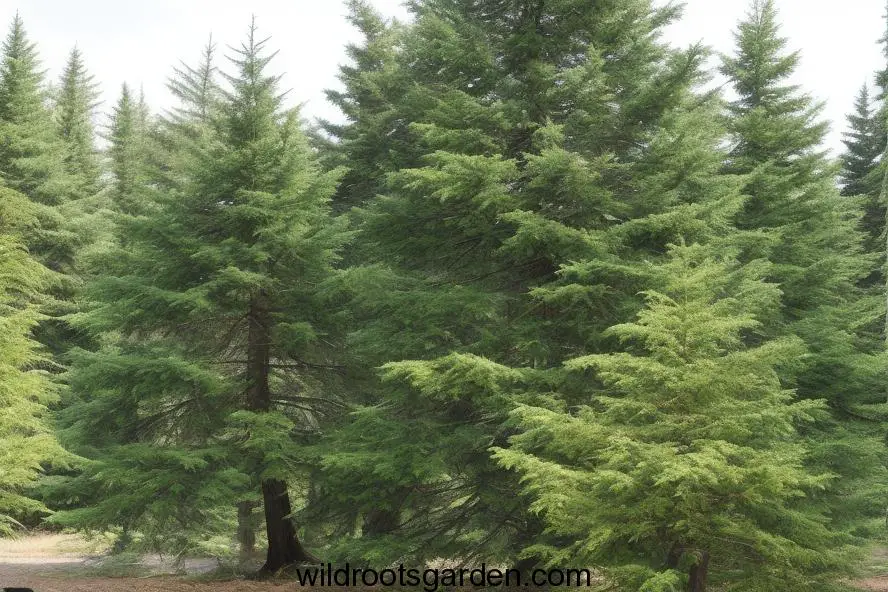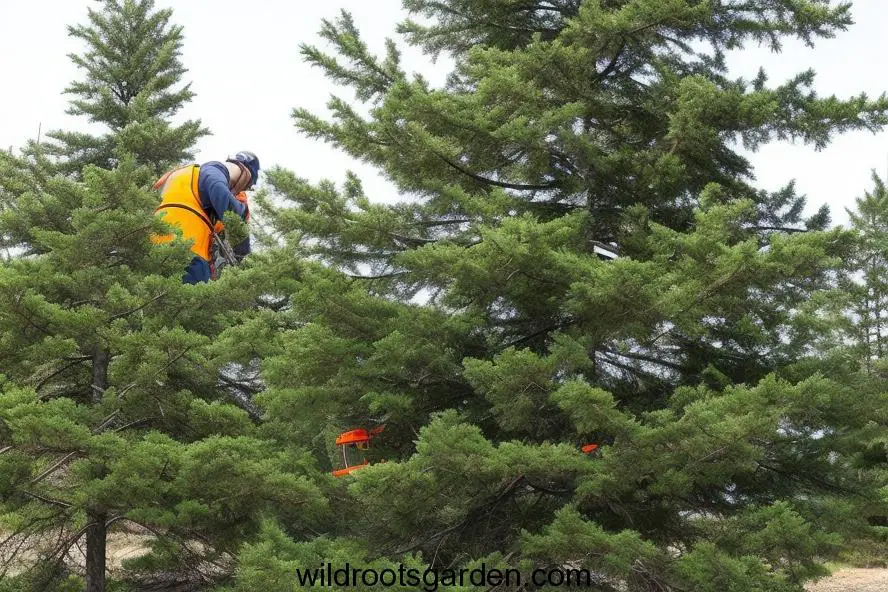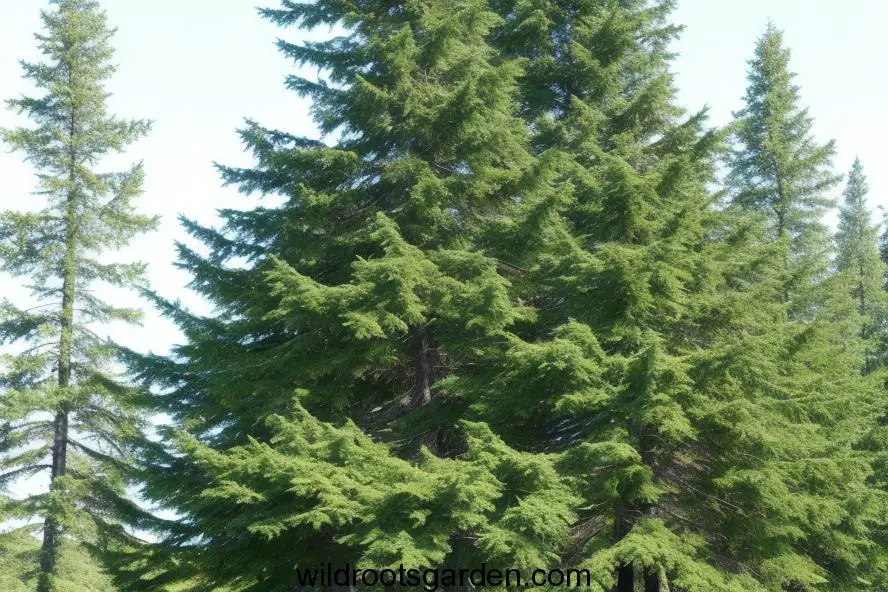Alberta Spruce Turns Brown. This introduction, which delves into the complex realm of horticulture, explains the puzzling phenomena of Alberta Spruce browning, identifying its root causes and suggesting workable solutions. Garden aficionados are perplexed by the painful symptoms of browning leaf that frequently appear on the beloved evergreen conifer Alberta Spruce. This investigation digs into the complex variables, including environmental pressures, pests, infections, and subpar care techniques, that lead to this unattractive change.
Also, this introduction acts as a lighthouse of information, directing readers through a wide range of useful answers. A wealth of knowledge is available, covering everything from using the right watering methods and improving soil conditions to using preventative measures against pests and diseases. With a deeper understanding and practical assistance, gardening enthusiasts will be prepared to resume the vitality and grace of their Alberta Spruce as they set out on this adventure. The care of these trees’ lush grandeur goes beyond simple horticulture; it becomes a symbol of the peaceful cohabitation of human stewardship and the natural world.
Understanding Alberta Spruce
An attractive evergreen shrub prized for its compact stature and conical shape is the Alberta Spruce, technically known as Picea glauca “Conica.” These spruces, which are native to North America, are frequently utilized in landscaping and can be used as focal points, hedges, or container plants.
Common Reasons for Browning

Inadequate Watering
Inadequate hydration is one common reason for browning in Alberta spruces. For these plants to flourish, especially in hot or dry weather, regular watering is essential.
Environmental Stress
Extreme weather conditions, ferocious winds, and abrupt temperature changes can stress your Alberta Spruce, resulting in dark needles.
Pests and Diseases
Pests like spider mites and diseases like cytospora can also contribute to browning. Regular inspections are vital to catch and address these issues early.
Diagnosing the Problem
Checking Moisture Levels
Before taking any action, assess the moisture levels of the soil. Stick your finger about an inch into the soil – if it’s dry, it’s time to water.
Assessing Environmental Factors
Consider the surroundings that your spruce is exposed to. Take into account elements such as temperature, humidity, and wind exposure. Browning of your spruce can be avoided by protecting it from harsh weather.
Inspecting for Pests and Diseases
Check your spruce carefully for pests and diseases. Watch out for minute webs, tan needles, or other indications of an infestation. Your plant may be saved by early detection.
Reviving Your Alberta Spruce

Proper Watering Techniques
Make sure your Alberta Spruce gets enough water. Regular shallow watering is superior to deep irrigation which lets the soil soak.
Mitigating Environmental Stress
Provide your spruce protection from the elements by offering windbreaks and shade on hot days. Mulching at the base might also aid in moisture retention.
Pest and Disease Management
If you detect pests or diseases, take appropriate measures. Consider using insecticidal soap or neem oil for pests and applying fungicides for fungal diseases.
Preventive Measures
Consistent Watering Schedule
Establish a consistent watering routine. A soaker hose or drip irrigation system can help maintain adequate moisture levels.
Creating a Friendly Environment
Choose a site for your Alberta Spruce that offers protection from strong winds and chilly weather. Place it close to other plants that can naturally give shade.
Regular Inspections
Perform regular checks for pests, diseases, and signs of stress. Swift action can prevent potential issues from escalating.
Trimming and Pruning Tips

Removing Brown Foliage
Carefully prune away brown and dead foliage using clean and sharp pruning shears. This enhances the overall appearance of your spruce.
Shaping for Optimal Growth
Prune your Alberta Spruce to maintain its desired shape. Focus on maintaining a balanced and symmetrical appearance.
Fertilization Guidelines
Choosing the Right Fertilizer
Select a balanced, slow-release fertilizer designed for evergreens. Follow the recommended application rates for optimal results.
Application Timing
Apply fertilizer in early spring or late fall when the tree is actively growing. Avoid fertilizing during winter months.
Transplanting Considerations
When to Transplant
Transplant your spruce during its dormant period – either in early spring or late fall – to minimize stress.
Transplanting Steps
Dig a hole slightly larger than the root ball, ensuring the top of the root ball is level with the soil surface. Water thoroughly after transplanting.
Choosing the Right Location
Sunlight Requirements
Plant your Alberta Spruce in an area that receives partial to full sunlight. Insufficient light can lead to browning.
Soil Conditions
Ensure well-draining soil to prevent waterlogged roots, which can contribute to browning.
Patience and Time
Reviving a browning Alberta Spruce requires patience. It might take several months for new growth to appear and replace the brown needles.
***Finally, the exploration of the complexities of Alberta Spruce browning reveals a tapestry interlaced with problems and solutions. With their newly acquired information, gardeners can set out on a journey to renew and restore their prized evergreens. The threat of browning can be successfully reduced by developing a deeper understanding of environmental impacts, attentively attending to the needs of the tree, and taking preventative action.
Let this investigation serve as a reminder of the delicate balance that supports our botanical friends as we stand at the nexus of nature and nurture. Once more resplendent in its lush green garb, the Alberta Spruce serves as a tribute to human perseverance as well as a representation of the resilience and harmony present in the natural world. May your efforts to create robust, thriving landscapes serve as a monument to the enduring connection between people and the magnificent flora that enriches our lives as the seasons change and the years pass.
FAQs
What causes the needles of my Alberta Spruce to turn brown?
Brown needles can result from factors such as inadequate watering, environmental stress, or pest and disease infestations.
Can I save my Alberta Spruce if the majority of its needles have turned brown?
Yes, with proper care, your spruce can recover. Focus on addressing the underlying issues and providing optimal conditions for regrowth.
Is it normal for older interior needles to turn brown and drop?
Yes, it’s a natural process for inner needles to turn brown and shed as the tree ages. Focus on the overall health of the plant.
How often should I water my Alberta Spruce?
Water deeply whenever the top inch of the soil feels dry. The frequency may vary based on climate and soil conditions.
Should I be concerned about pests if my spruce is turning brown?
Pests can contribute to browning, so it’s essential to inspect your spruce regularly. Swift action against pests can prevent further damage.

